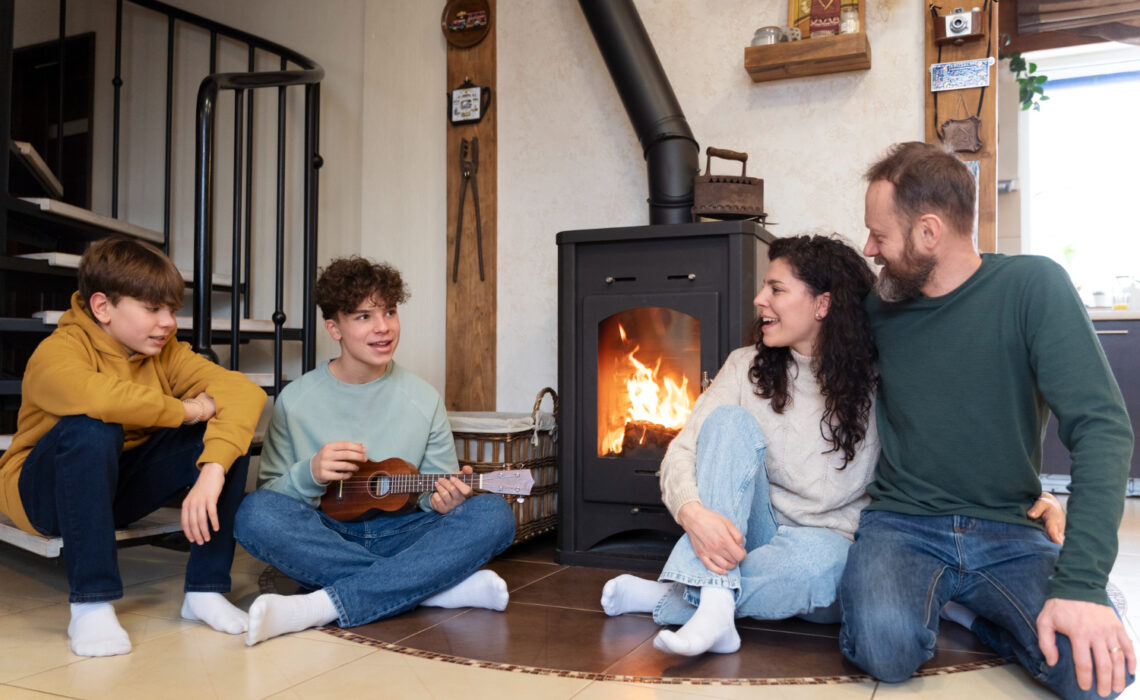
An insulated room sealed flue seems like a complicated mouthful, doesn’t it? It might even be something you’ve stumbled on while researching to keep your home cosy during those chilly months. Or perhaps you’re seasoned in running a home but seeking a handy refresher on maintaining your insulated flue. Is your concern steered more towards the aspect of safety or functionality? Well, whatever your queries or needs are, let’s break down this essential part of our homes and even potentially navigate you through an easier winter.
Making our homes into a haven of comfort and efficiency is a top priority for all of us dwellers. In our quest to craft that perfect harmonious blend of design and homeliness, an insulated room sealed flue can play a significant role. With its function of venting out combustion gases from your place to the exterior, it’s an integral piece of the puzzle that forms as your house. Hence, the necessity for its maintenance can’t be overstated. In this blog post, I’ll be guiding you through those top-notch tips to care for and nurture your insulated room sealed flue, ensuring it continues to serve you brilliantly.
Whether it’s understanding the why and how of the maintenance or discerning the pros and cons of different upkeep techniques, this post aims to leave you better equipped to handle everything to do with your insulated room sealed flue.
Getting Acquainted: Why Is Maintenance Necessary?
Constant care for your insulated room sealed flue is like a promise of longevity. Just for context, think of the flue as the lungs of your home. Just as we need to breathe, so does our place. The flue lets your dwelling breathe, enabling a proper exhaust outflow from not just your fireplace but your entire heating system.
Regular maintenance mitigates the risk of carbon monoxide poisoning, a potentially fatal hazard. Your flue also carries out smoke and soot outside, ensuring your place stays fresh and fume-free. A blocked or poorly maintained flue can lead to these harmful substances building up in your home.
Lastly, maintenance can prove to be cost-efficient in the long run. It can help prevent heat loss, thus easing your energy bills, and save you costs of major repairs or replacements in the future.
When is the Best time for Maintenance?
Generally, the best time to conduct maintenance for your insulated flue is during the warmer months, when your heating system is not constantly in use. This way, any discovered faults can be rectified wel in time before the onset of peak cold seasons.
It’s also recommended to carry out maintenance routines twice a year, irrespective of your flue usage. Regular cleaning and inspection tackle minor issues before they culminate into major problems. If your flue is used heavily, consider additional checks to ensure optimum performance.
However, if you notice any unusual odours, condensation, or discoloration around the flue, that’s a warning bell ringing, signalling immediate attention.

Handy-Dandy Maintenance Checklist
Before we dive into specifics, let’s list out the elemental aspects of maintenance you ought to focus on.
– Cleaning: Remove any soot, creosote, or blockages that could hamper airflow.
– Inspection: Regularly check for any visible wear and tear or potential safety risks.
– Flue cap: Ensure the flue cap is in good condition to prevent rain, snow, or animals from entering.
– Carbon monoxide detector: Install this device to alert of any harmful gas leakages.
– Sealant: Check the sealant around the flue for any leaks or damages.
The Pros and Cons of DIY vs Hiring a Professional
DIY flue maintenance might save you initial costs, is flexible, and gives you hands-on understanding of your system. However, it requires you to be well-equipped both in terms of skillset and tools. There’s a higher risk of injury, overlooked problems, and time consumption.
Professional services come with expertise, experience, and the right tools, ensuring a thorough job. It might be costlier, but it assures safety and long-term savings by avoiding costly repairs.
Prolonging Flue life: Additional Tips & Tricks
Opt for flue liners offering fire resistance and durability. A well-fitted stove door ensures minimal smoke release into your room. Certain chimney cleaning logs help reduce soot and tar deposits. Follow the manufacturer’s instructions when it comes to fuel usage.
Conclusion
Maintaining an insulated room sealed flue is just as essential as any other home improvement task. It’s about ensuring the breathability of your home, preventing potential hazards, and boosting cost efficiency. With well-defined schedules, thorough cleaning, and inspections, you not only ensure a smooth function but also lengthen the lifespan of your flue. A blend of DIY and professional services can serve beneficial in spotting early signs and mitigating unexpected risks.
Remember, home is where the hearth is. And nurturing your hearth indeed ensures a lively, warm, and secure sanctum!





